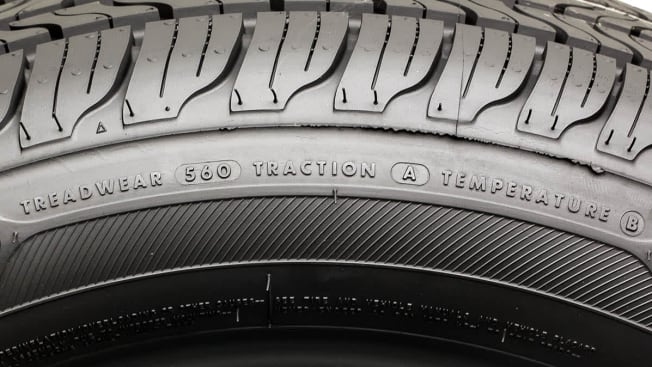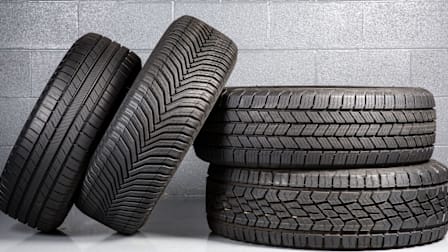Understanding the UTQG System for Car Tires
The truth about the Uniform Tire Quality Grading system, and the independent test data you need to pick the best tires

No, UTQG is not a play dictated by a quarterback during a football huddle. The Uniform Tire Quality Grading is a comparative assessment applied to most car tires (excluding winter tires) to help consumers make informed decisions.
How the UTQG Works
Treadwear, for example, is not based on a mileage projection, but rather a numeric index of how well a tire wears in comparison to a reference tire. For instance, a tire rated at 200 will wear twice as long as a tire graded 100. That’s good, but it doesn’t tell how long the tire will last. For most consumers, the manufacturer’s treadwear warranty in miles is more intuitive and tends to be a better barometer because the manufacturer has to pay if the tire doesn’t achieve the miles promised in the warranty.
The traction grade looks at the level of grip on a wet surface. Most ultra-high-performance tires achieve the best grade: AA. Most car tires get the next best grade of A.
Designed during the advent of the radial tire, the temperature grade is a measure of how well a tire will resist heat buildup. Most all-season tires achieve a grade of A.
The UTQG grades can be found on Consumer Reports’ tire model pages, under Features and Specs, and on the sidewall of each tire.
We feel consumers need even more, and better, information than UTQG provides when buying a tire. And you can find that with CR’s tire buying guide and ratings.
































